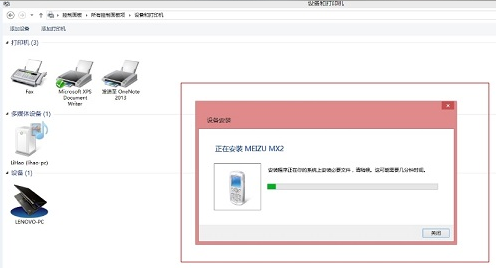I have an observable array. For every array element I generate some html form, very extended, as the observable array items are large objects with observables in turn:
var records = ko.observableArray([
{
p1: ko.observable("initProp1"),
p2: ko.observable("initProp2"),
// and so on
pN: ko.observable("initPropN")
},
//...
]);
The html can be large, complex and dynamic, changing on the basis of some of the properties themselves: to achieve this I make use of ko:if bindings, which are known to be expensive computationally speaking (http://www.knockmeout.net/2012/03/knockoutjs-performance-gotcha-1ifwith.html), especially for large html conditionally rendered. Performance is starting suffering, especially on IEs.
Noted the repetitive, even if dynamic, structure, I am thinking about use templates or components intead of binding data directly in the html. I would use different templates/components for each dynamic configuration.
Generally speaking, can be possible that using components, or templates, will give a performance gain, or internally Ko does exactly as I would do without using them? And there is difference in performance between rendering templates and components?
Otherwise, I am considering generating HTML via JQuery every record, and then dynamically bind observables with ko.applyBindingsToNode() - could this provide performance gains?
I did some (reduced) tests, but I need some cross-browser generic evaluation of the problem. Tests seem to be discordant depending on which browser I use and even on my dataSet, and anyway do not reflect properly the complexity I have. Testing directly on the application would mean too much work, possibly useless, which I can't afford, so general guidelines would be precious to have at least an hint on which solution to use for real-life implementation and test.





